At first glance, soil – and the many microorganisms (like fungi) that thrive within it – may not seem like a source of insight for leadership. For the team at &us, though, Nature is a constant source of inspiration – particularly if we consider Nature to be a peerless systems designer, creating complex communities that thrive in dynamic environments. The lessons we can therefore take and apply in our own communities – our organisations and teams, for example – are suddenly many and varied.
We recently immersed ourselves in Nature at Somerset House’s fascinating exhibition ‘SOIL: The World Beneath Our Feet’, which featured work from artists, scientists, and thinkers from around the world.
Obviously, the exhibit didn’t discuss leadership, working cultures or organisations explicitly. However, it gave us a chance to dive deeper into the dynamics of soil and fungi, where we can see profound similarities with organisational culture. Just as these ‘hidden’ and often to us, intangible, natural ecosystems are thriving, interconnected, and constantly evolving, so too is an organisation’s culture: alive, adaptive, and intrinsically influential on the survival and success of the things above ground that we more routinely ‘see’ and measure: productivity, growth and performance, for example.
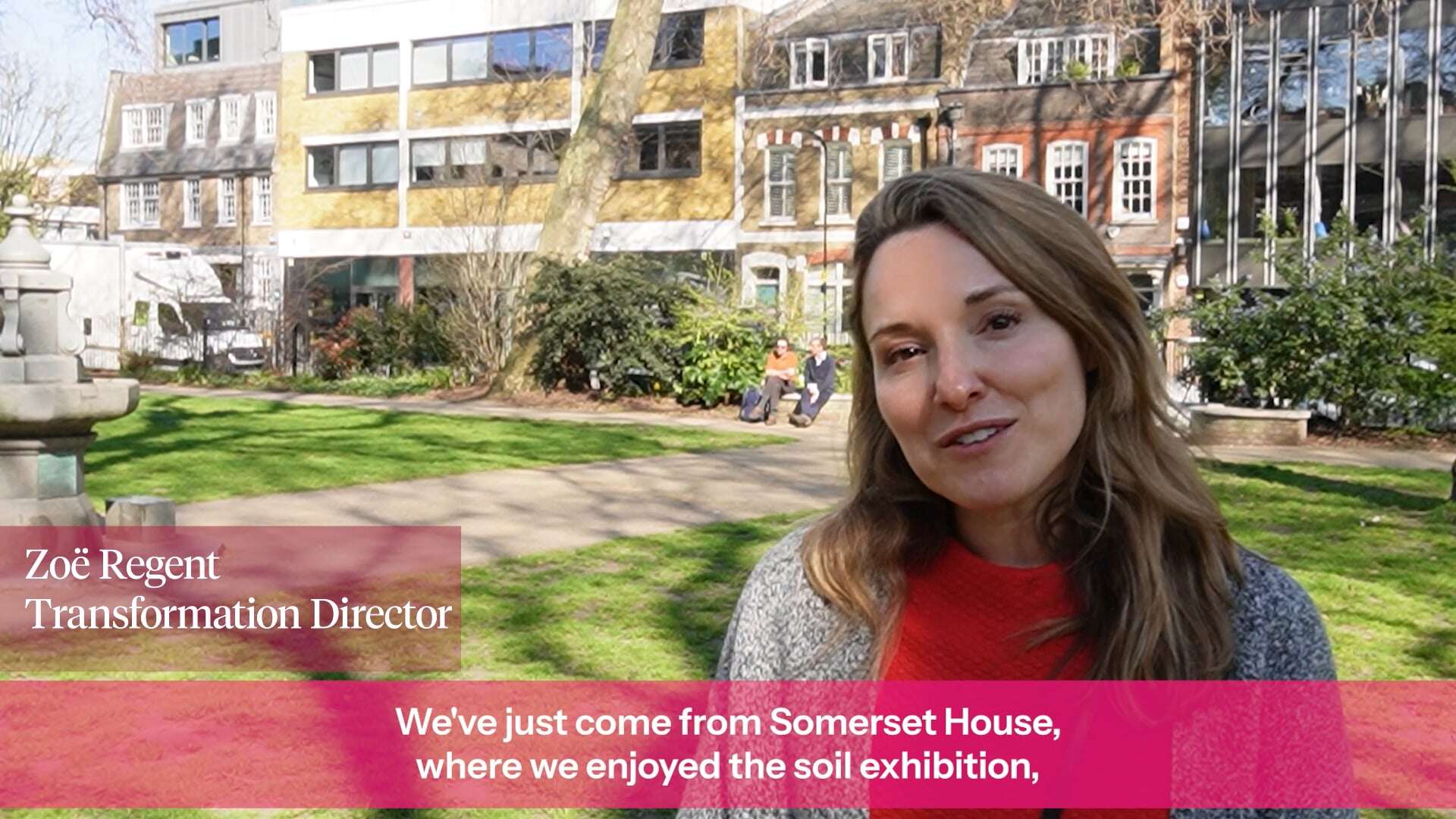
Leadership lessons from soil and fungi
Look for the hidden forces of influence
One of our most striking reflections was the contrast between what is visible above the soil – trees, mushrooms, and plants – and the intricate microbiology happening beneath the surface.
In organisations, leaders often focus on what’s readily apparent – performance metrics, strategic plans, and external outcomes. But beneath these tangible markers lies a complex network of relationships, informal influences, and unspoken norms that shape the organisation. Leaders who only focus on what is visible may miss out on key flows, opportunities and ways to improve the organisation.
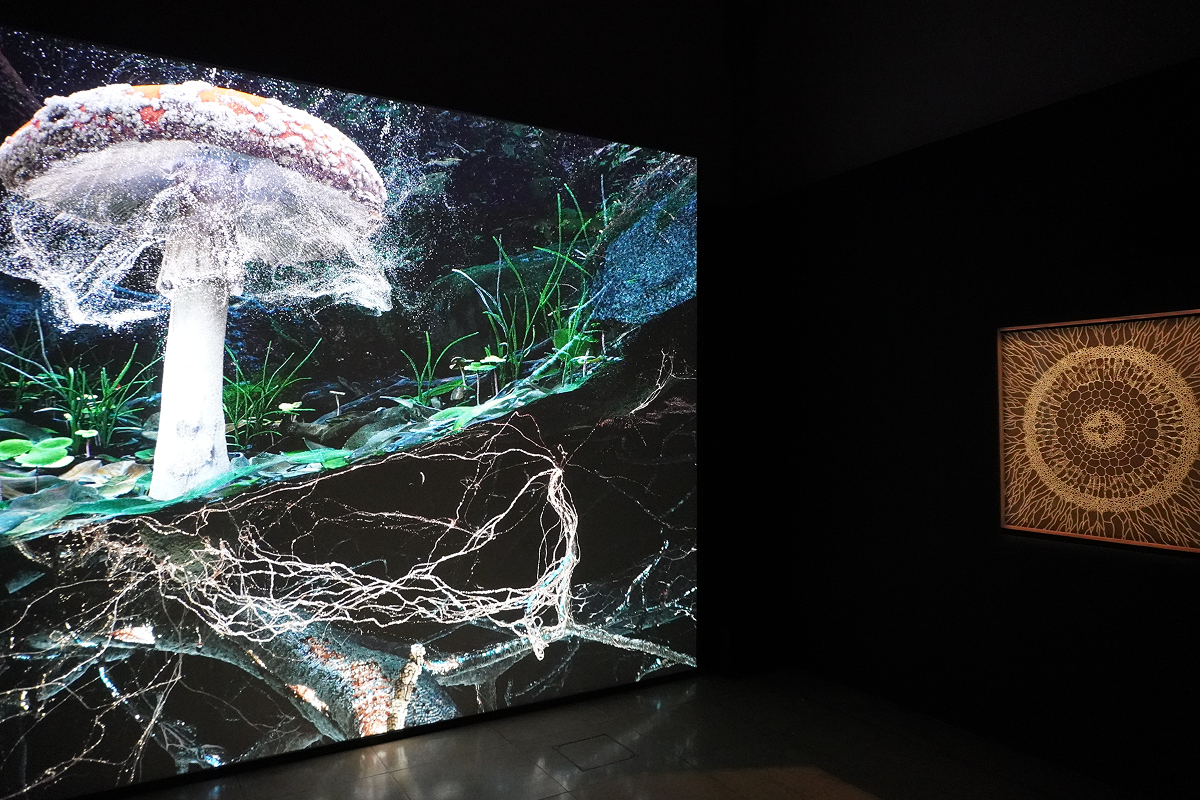
Let go, to help culture flourish
Soil, when left to its own devices, naturally forms a complex, thriving system without human intervention. One section of the exhibit discussed a previous art installation centred on a giant mound of soil. Curators had to dedicate significant time and energy to control and maintain it as intended. They were battling soil’s innate tendency to change, grow, and resist containment.
Much of our work as leaders feels like an attempt to cultivate that mound of soil, as we work to orchestrate change. We might invest vast amounts of time and energy attempting to control how change occurs and what the final outcome looks like.
In our experience, a more effective and less strenuous path often involves nurturing the process and allowing it sufficient room to develop naturally. This doesn’t mean, of course, that leaders abdicate all control – but rather to imagine ourselves as organic gardeners, curating and working with culture, rather than trying to prescriptively control and command it.
Leaders who trust in the organic evolution of an organisation’s culture, rather than imposing rigid, top-down initiatives, may discover that unexpected and positive transformations arise, driving value for the organisation and improving conditions for the team.
Find value in the unexpected or overlooked
As a society, we rarely pay attention to soil. It’s simply there – a backdrop to our lives – and often dismissed simply as dirt. Similarly, we’ve arbitrarily labelled many plants that grow within this soil as weeds – often meaning they’re dismissed as a nuisance or something to pull out. But weeds play an essential role in soil ecosystems, contributing to biodiversity and resilience.
This mirrors how organisations can at times ignore culture, or overlook certain teams, departments, or subcultures - dismissing them as simply there, as peripheral, or even perhaps as unimportant. However, these hidden pockets of activity may hold untapped potential, driving innovation and providing essential support to the organisation’s overall health.
By paying attention to what is overlooked, leaders can discover unexpected and surprising sources of strength and adaptability.
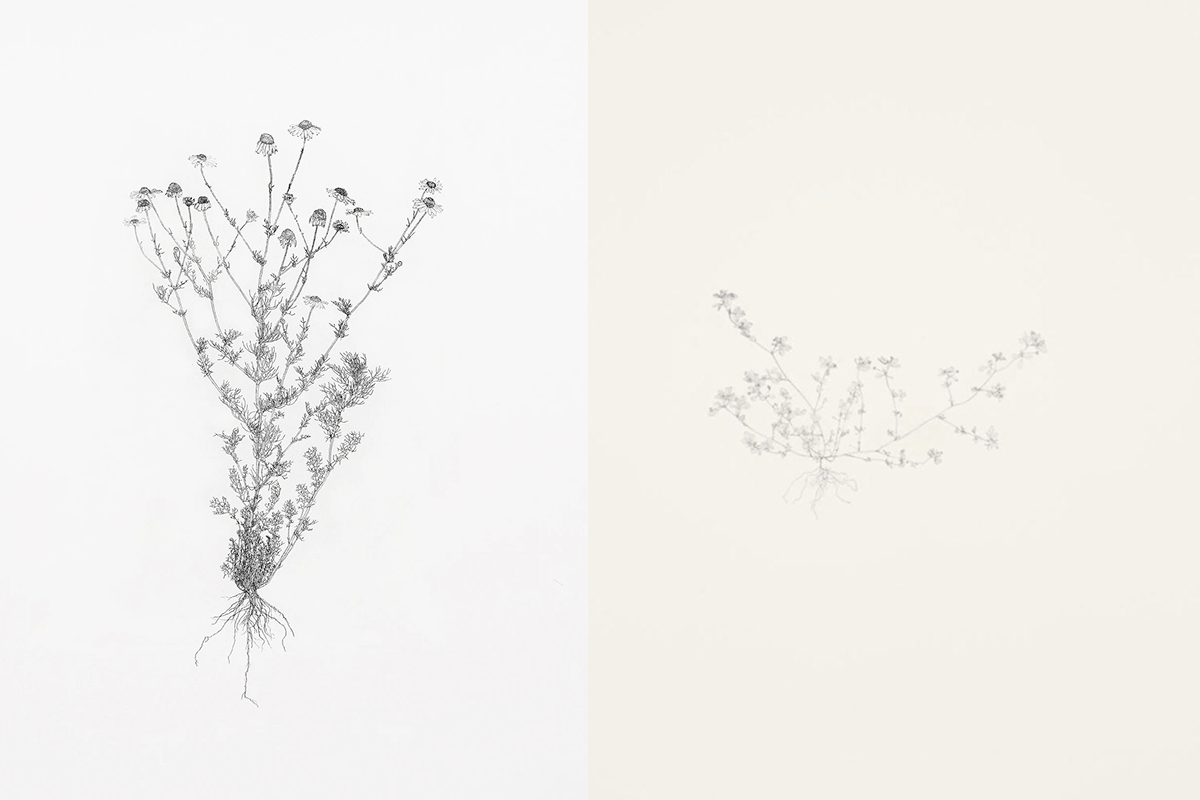
Be patient
Sadly, soil and other natural ecosystems are easy to damage, yet difficult to restore. Similarly, organisational cultures are delicate and can be easily disrupted by poor leadership, inattention, or sudden change.
Repairing a damaged culture requires intentionality, patience, and sustained effort. Leaders must recognise that cultural shifts are not always immediately visible, but their long-term impact can be profound.
Be more mushroom
Fungal networks are a key connector within soil’s ecosystem and offer a powerful metaphor for organisational change. Fungi thrives through decentralised, dynamic networks – a distinctly different structure to the hierarchies and top-down control seen in many businesses. This biological system provides essential lessons for organisations looking to embrace change, innovate and grow.
Fungi’s four elements

Hyphae – Autonomous, empowered teams
Hyphae are the small, thread-like structures that search for nutrients at the edges and borders of fungal networks.
Rather than centralising decision-making and authority, leaders should consider how best to empower individuals at the ‘edges’ of the organisation to experiment and adapt, bringing back knowledge that strengthens the whole system.
Mycelium – The power of connection
Mycelium is a vast, underground network that facilitates the flow of nutrients and information between organisms.
In organisational design terms, this represents the crucial role of interconnectivity within a system, and how the free flow of information and resources is essential to growth. By imagining their organisation as a mycelium network, leaders are able to focus on strengthening these connections, fostering collaboration, and ensuring that different parts of the organisation are aligned and learning from one another.
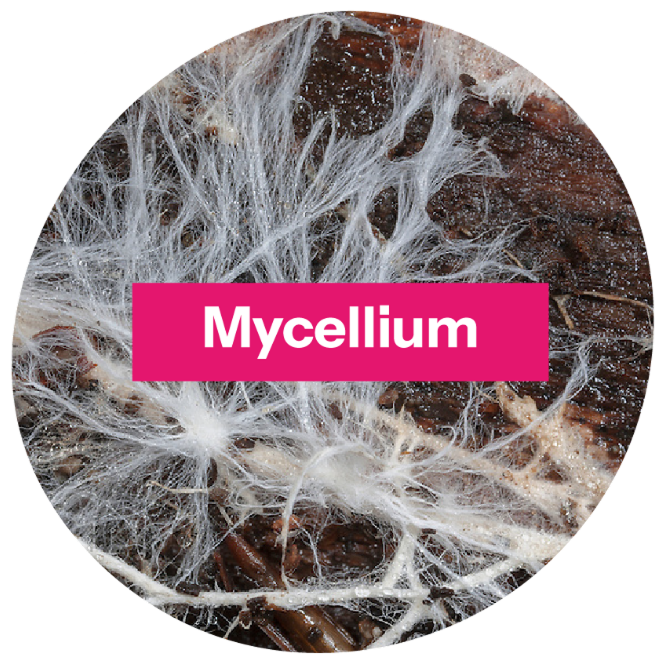

Mycorrhizal – Thriving through collaboration
Mycorrhizal networks are the connection between mycelium and other plants and organisms, creating a mutually beneficial ‘super network’ which expands their resilience and nutrient exchange.
Applying this metaphor, organisations should consider how they interact with the broader ecosystem: partners, stakeholders, and communities. By thinking beyond internal structures and embracing a network mindset, leaders can amplify their organisation’s own resilience and impact.
Mushrooms – Visible outcomes of a thriving system
Mushrooms are the fruiting bodies of fungi: the visible evidence of a successful underground fungal network.
In change management, this metaphor can be used for the results of successful change – such as innovation, a positive culture, engaged employees and company growth. These ‘fruiting’ outcomes are the cumulative effect of a well-nurtured, dynamic system. Paying attention to where these mushrooms – like innovation – pop up, as well as where they don’t, can tell us a lot about what is working and where careful intervention may be needed.
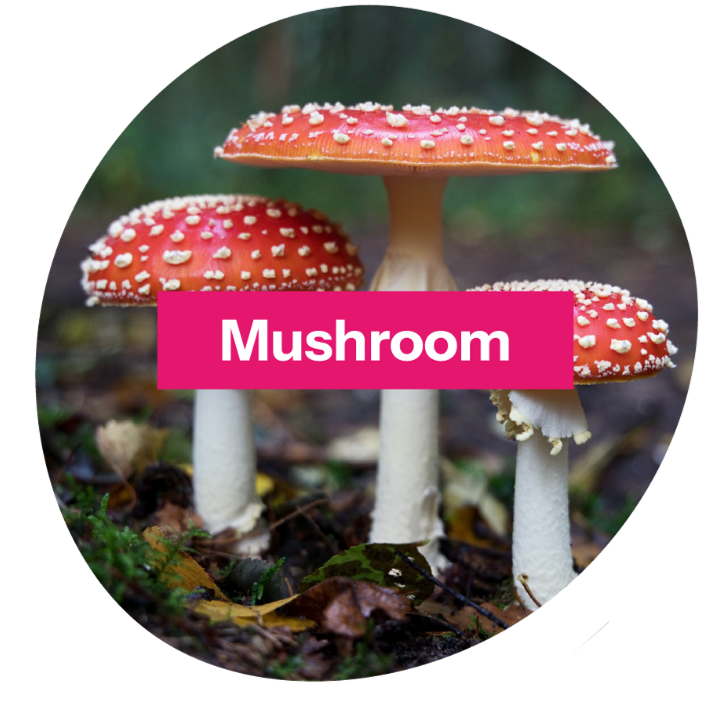
Leaders as culture architects
More than ever, leaders are the architects of their organisational culture. They curate the environment that influences their teams’ ability to thrive. Just as soil provides the foundation for plant life, and fungi drive complex ecosystems, an organisation’s culture underpins its people, processes, and potential. By approaching culture with the same appreciation for its unseen complexities, natural evolution, and need for careful stewardship, we can create organisations that are as dynamic and thriving as the ecosystems beneath our feet, where individuals and teams flourish.
Do any of these lessons resonate? We’d love to have a chat and discuss how it could apply to your organisation. Get in touch with us here.
More on emergent transformation

Leadership lessons from the Year of the Wood Snake
The zodiac animal for this Lunar New Year is the snake, combined with the element of wood. What can it teach us about leadership in 2025?

The future of fundraising – 7 key trends for the UK’s third sector
Third sector leaders share their view about how UK charities can thrive amid evolving donor values and the need for innovation.

5 top transformation tips from the frontline
Transformation tips to become fit for the future and to set yourself up for constant change in the face of increasing volatility and complexity.
